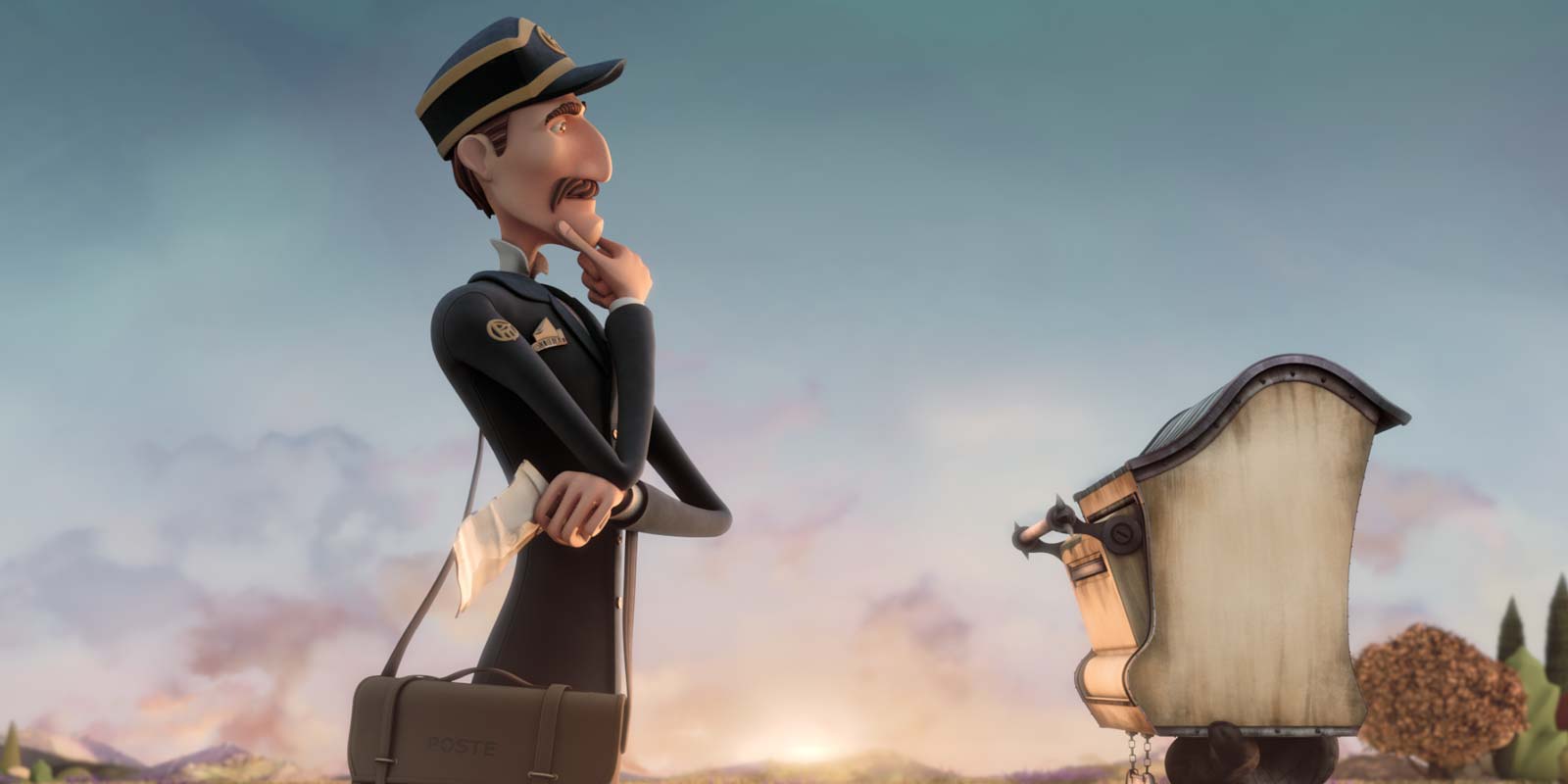6 Things You Need To Know About Getting into 3D Animation
Aristotle went down in history as a celebrated philosopher known for many wonderful aphorisms, but when it comes to animation, there’s one in particular that stands out: art imitates life. By definition, animation is the process of manipulating static images or models to create the illusion of movement—in other words, bringing art ‘to life’. 3D animation is unique in that the art has volume and boundaries that allow it to simulate realistic movement and expression, and yes, that includes Daenerys’s baby dragons. If you’ve always had a secret passion for 3D animation, or are seriously considering a career in the field, here are six pointers to get you started.
1. You don’t have to be excellent at drawing
Unlike 2D animation, where being the next Hayao Miyazaki should be your aim, 3D animation requires a different skillset. Having a background in fine art is still a bonus, but in addition to working with a tablet and stylus, 3D animation is created using computer software that takes light, shadow and textures into account. Not only that, but characters in video games and animated films are ‘rigged’, or initially designed as a skeleton model in order to manoeuvre limbs and joints more fluidly.
2. It’s more time consuming than 2D animation
Yes, making the dragons in Game Of Thrones look believable (and cool) is a lot more challenging than it looks! Taking a concept and turning it into a finished product is a multi-step process that involves modelling, texturing, applying the correct lighting and camera settings, rendering for extra polish, and matching the scene with the right music. In a 2D space, movement is created through flipping through images which are all slightly different, with no need for modelling or rigging. Compare Khaleesi’s dragon flight with Chihiro’s 2D venture in Spirited Away, and it’s clear that their airborne movements are governed by different physics and environmental factors.
3. There are a bunch of open source software programs available
Since the advent of the world wide web, we’ve seen a proliferation of free tools and services for almost anything you can think of. This applies to animation software, too. Blender is good if you’re planning on making video games and are looking for an entry-level 3D modelling program, and Maya (which is used widely in the industry) offers a free 30 day trial or 3 year license for those studying. Zbrush is a fantastic sculpting program used to develop characters and assets for both video games and film. Zbrush Core is a lighter version at a much more affordable price and Sculptris is a free sculpting tool which is a good option for those just getting started.
4. Try to specialise in something
There are multiple categories within the 3D animation umbrella, including CGI (Toy Story), stop motion animation (Wallace and Gromit, Pingu) and cel-shaded animation (Wind Waker). Each of these techniques has its respective strengths and weaknesses, but in the long run, it’s easier to familiarise yourself with one technique; for instance, making a claymation game like The Neverhood is painstaking and requires a litany of lighting and plasticine adjustments within a constant environment. But the end result can be unique, niche, and beautifully imperfect.
5. Australia is a big player in 3D visual effects production
Ask anyone in Hollywood and they’ll tell you special effects are all the rage. Luckily, we’ve got VFX super heroes right here in Australia. Animal Logic is a Sydney-born digital studio with a creative legacy spanning Moulin Rouge, Happy Feet and the upcoming LEGO Movie Sequel. In Canberra, Eye Candy Animation juggles AR and visual effect production, and while Rising Sun Pictures takes up the reins in Adelaide, Melbourne-based Luma Pictures conjures cartoons and VFX for television commercials.
6. Many different fields use and benefit from 3D animation
Although Pixar and Disney do have a significant stake in the 3D animation arena (who could say no to Finding Nemo?), it’s also being used in education, science, medicine and architecture. The tri-dimensional nature of models means the viewer can see molecules, organs and buildings—formerly 2D concepts—from multiple vantage points. Even roller coaster designers reap the rewards!
Next article - 5 Tips For Getting Into Game Development
